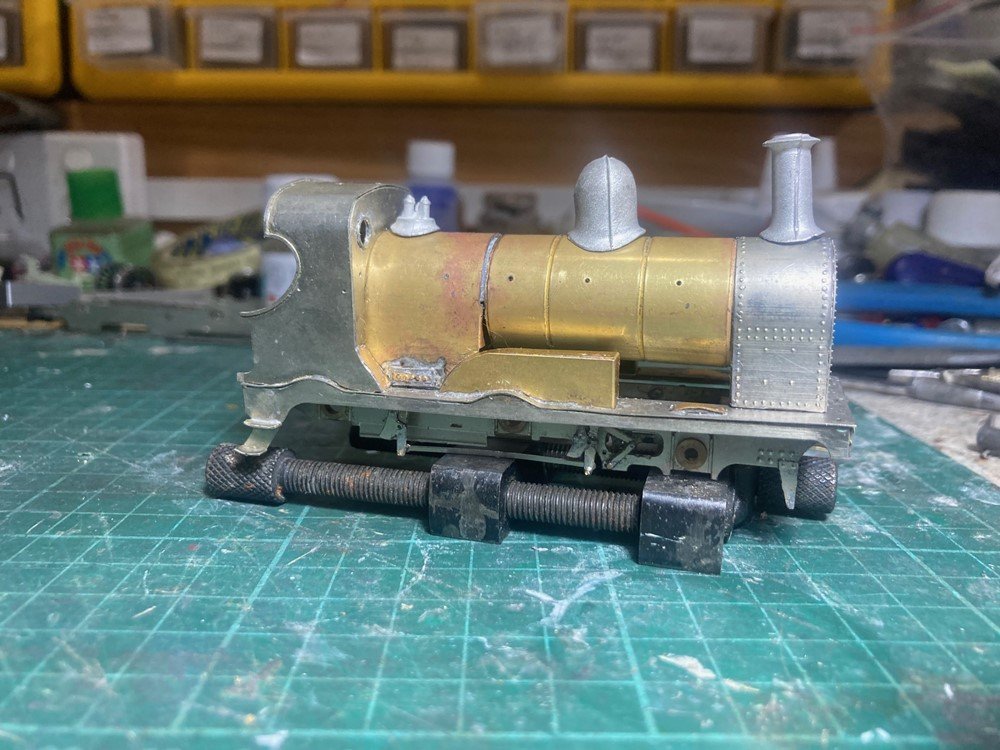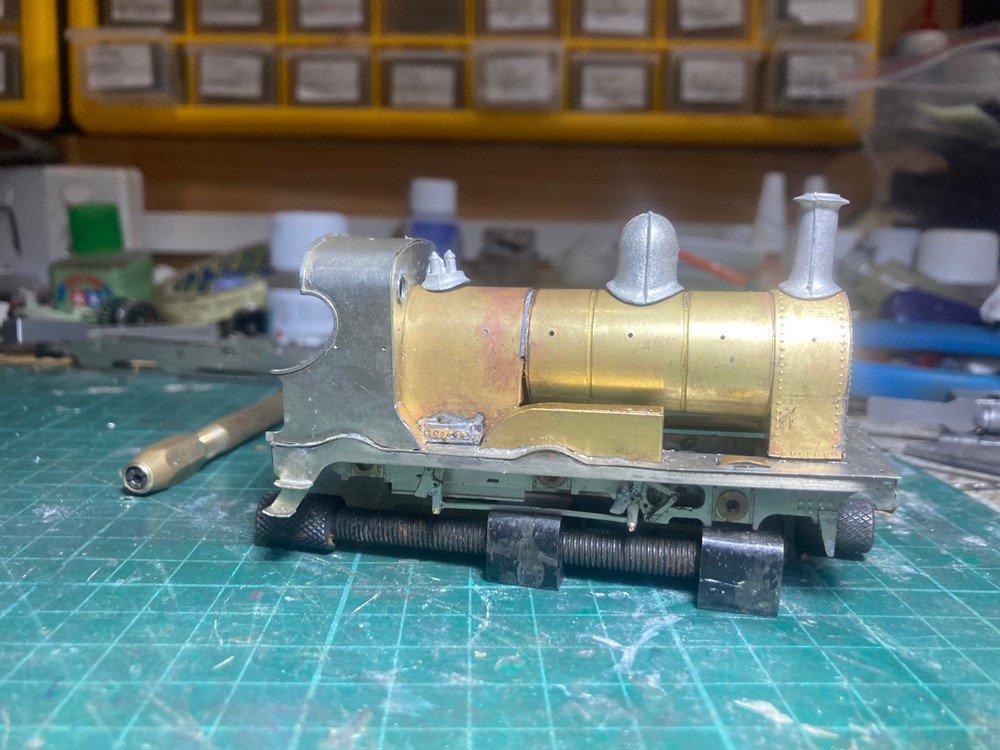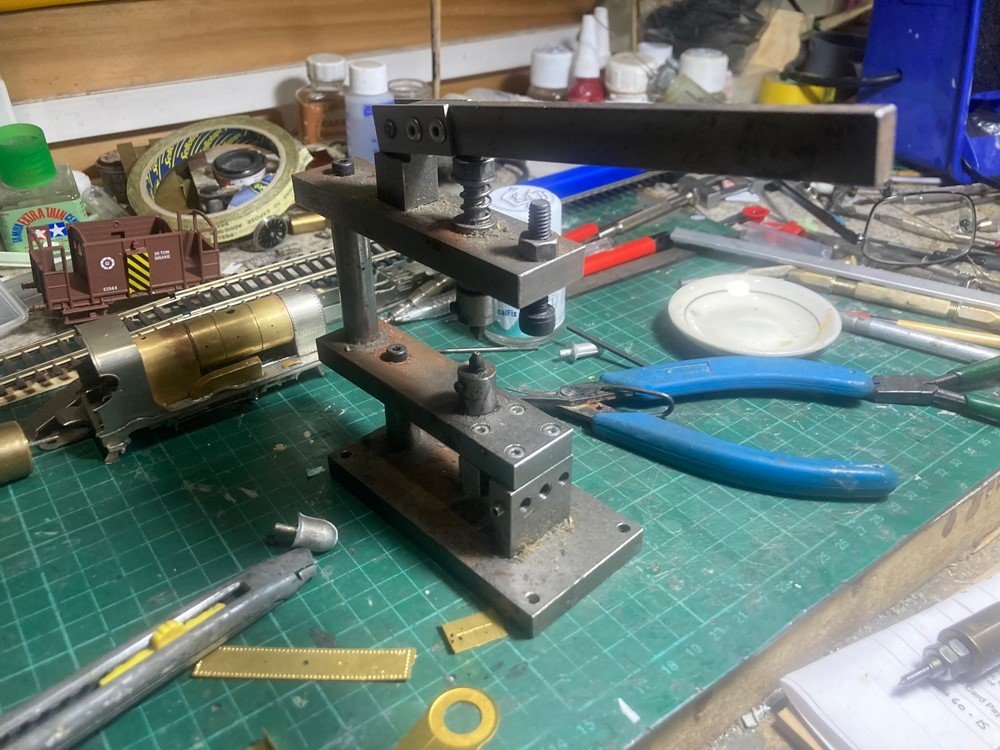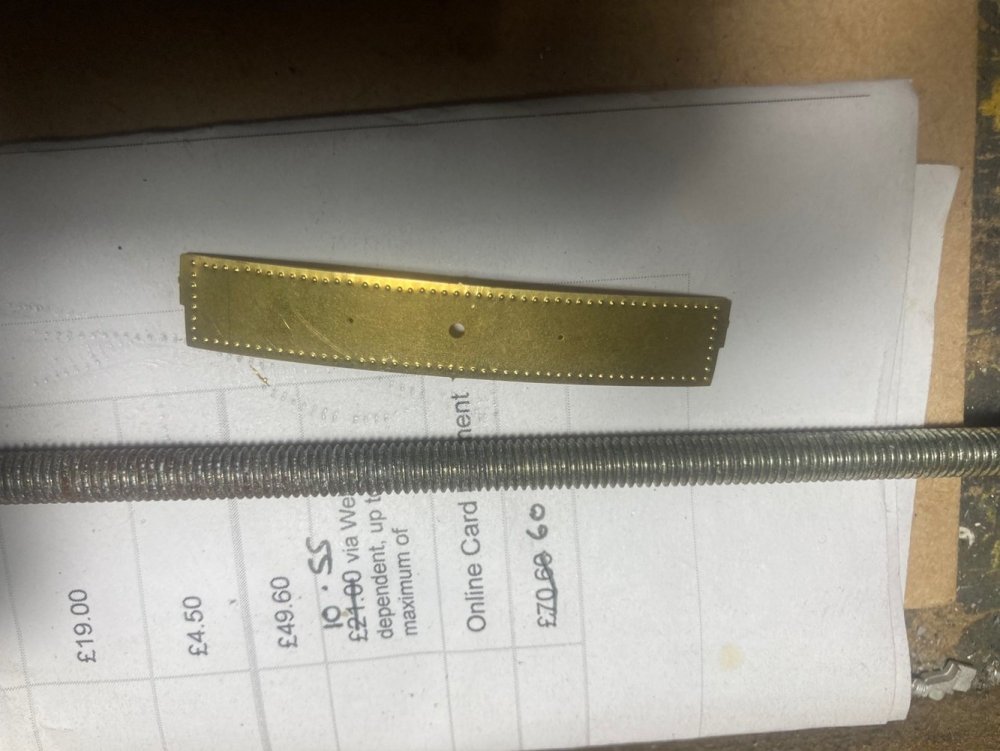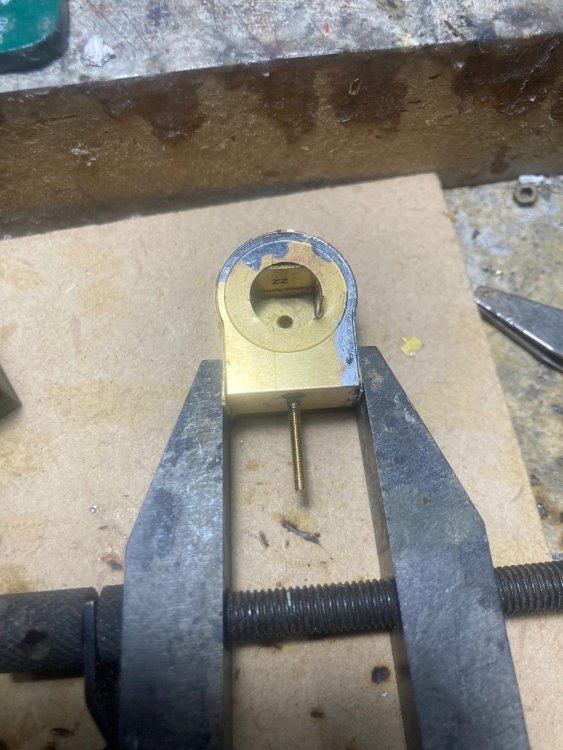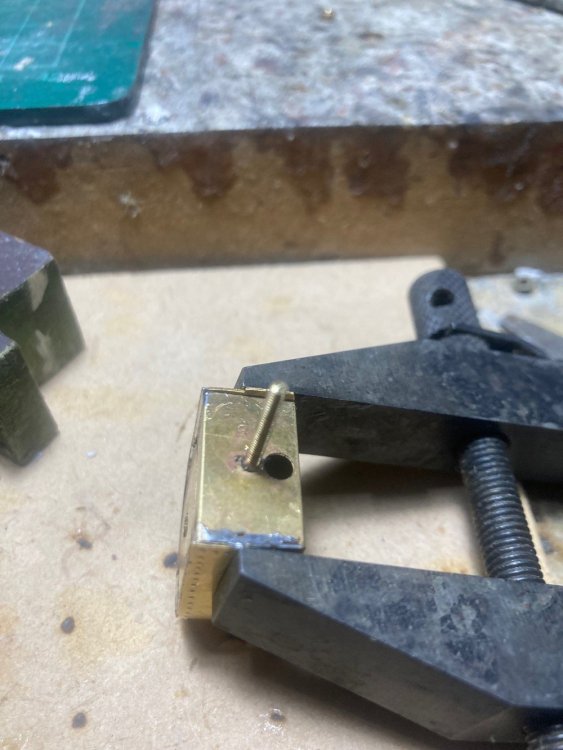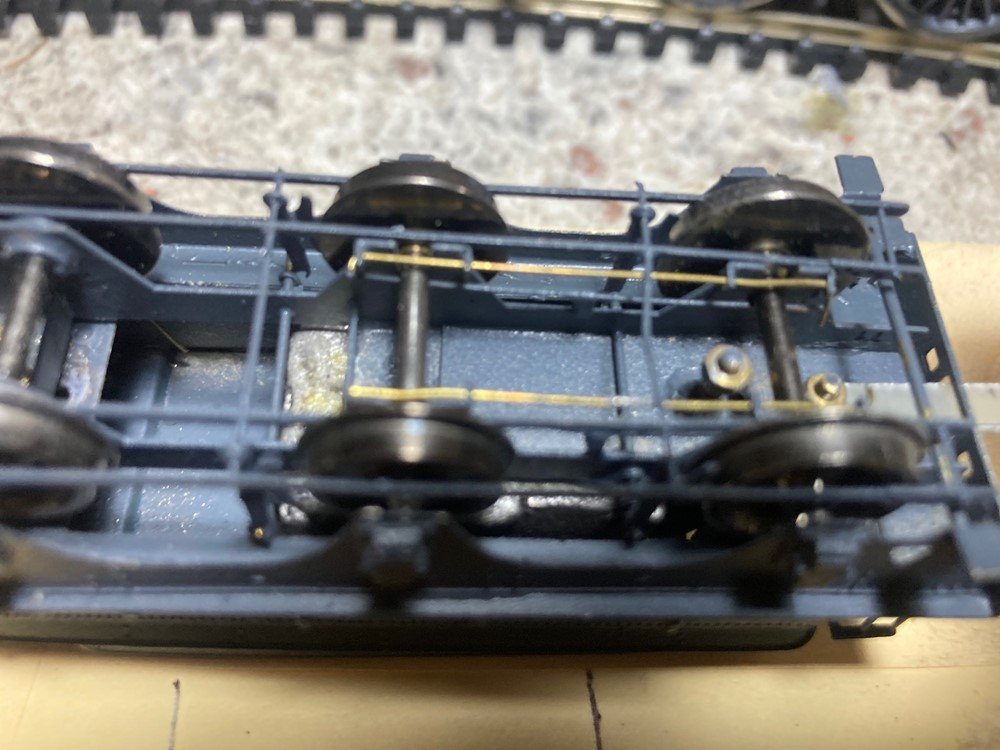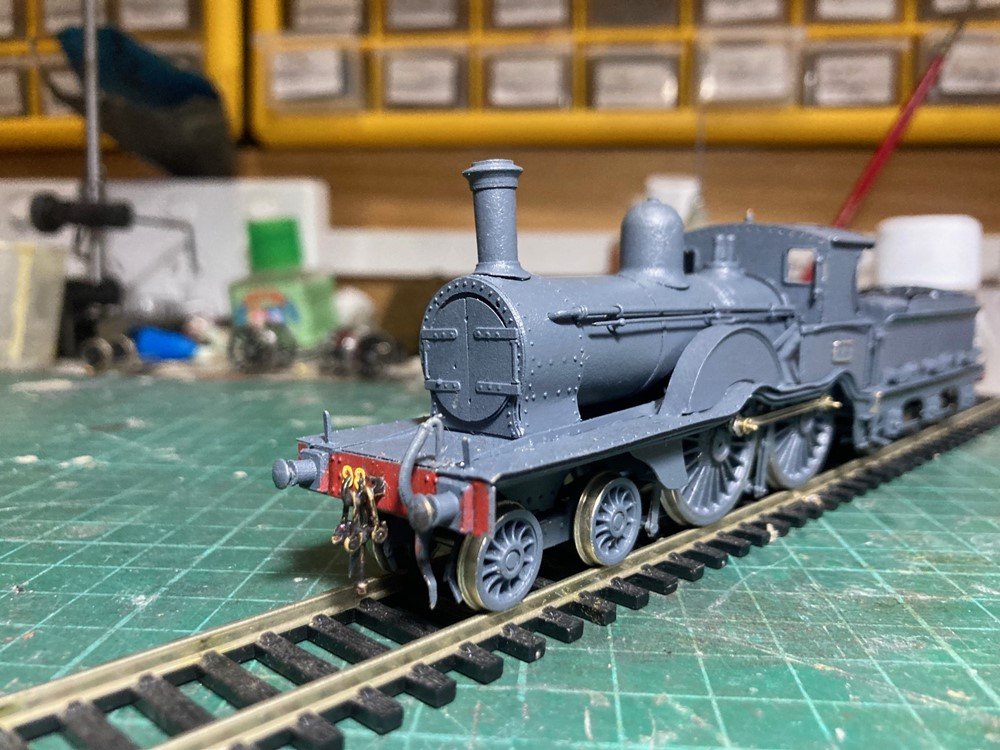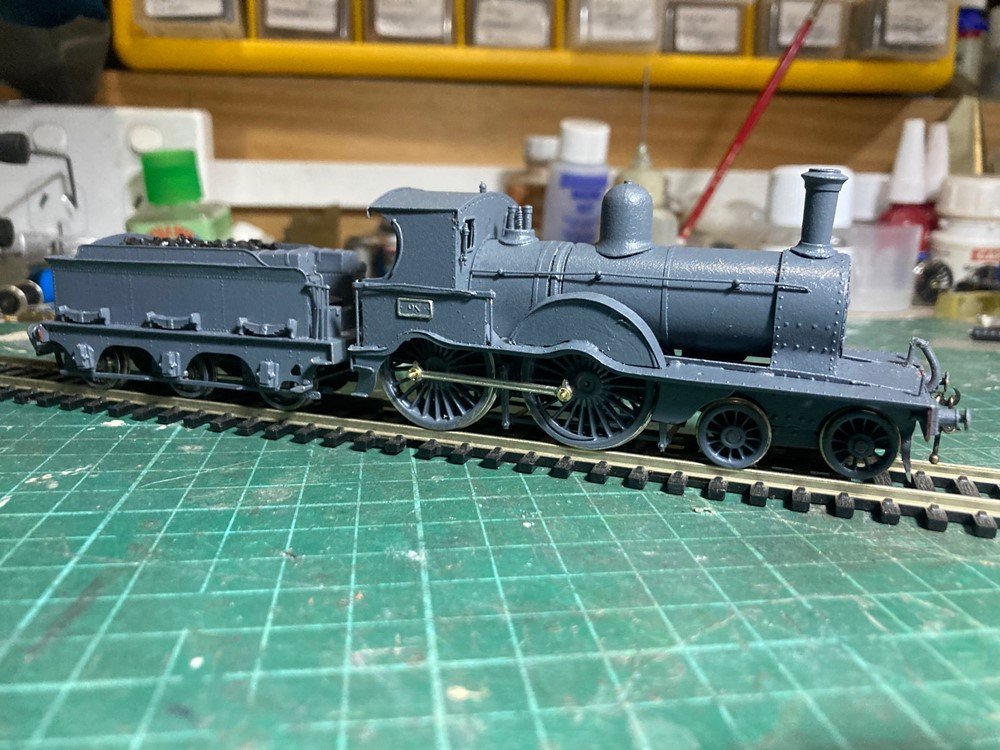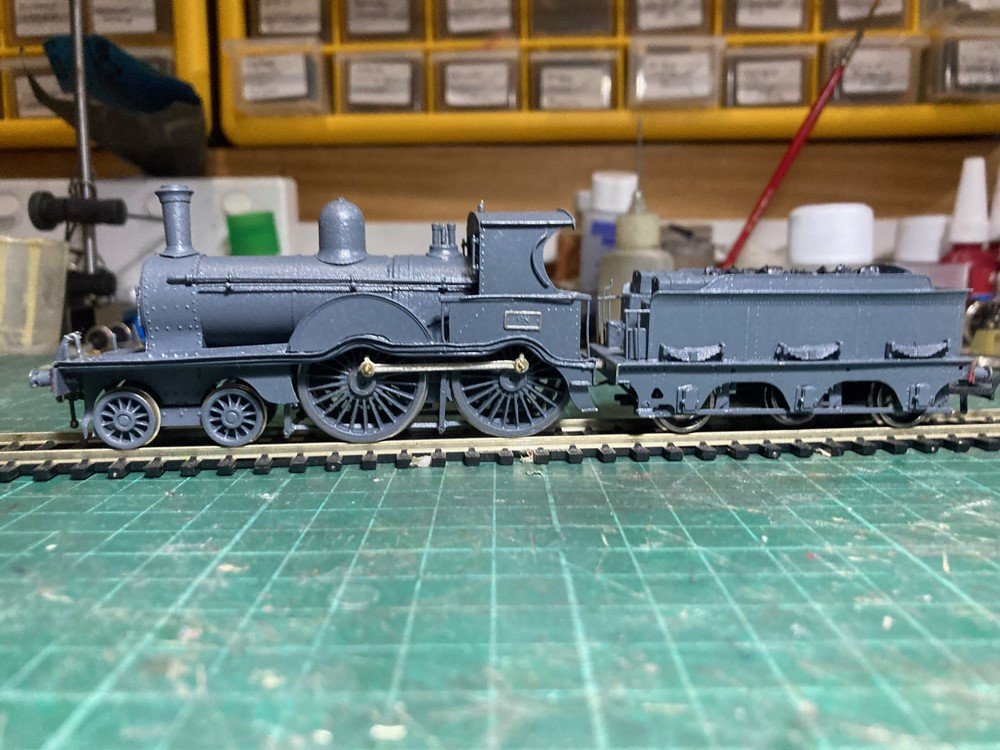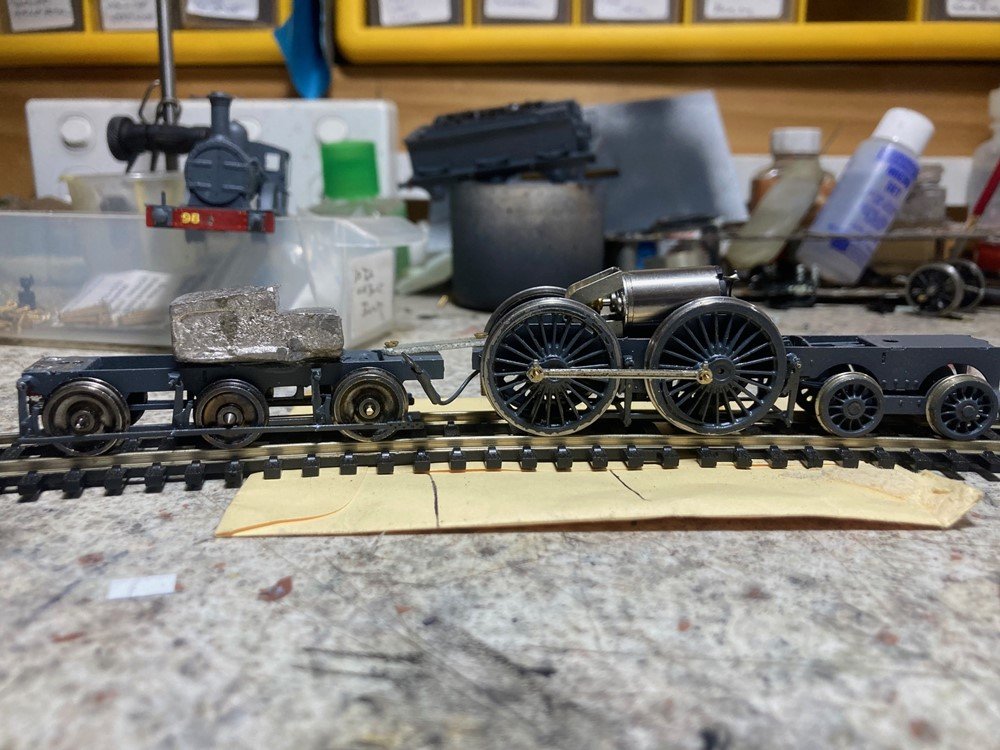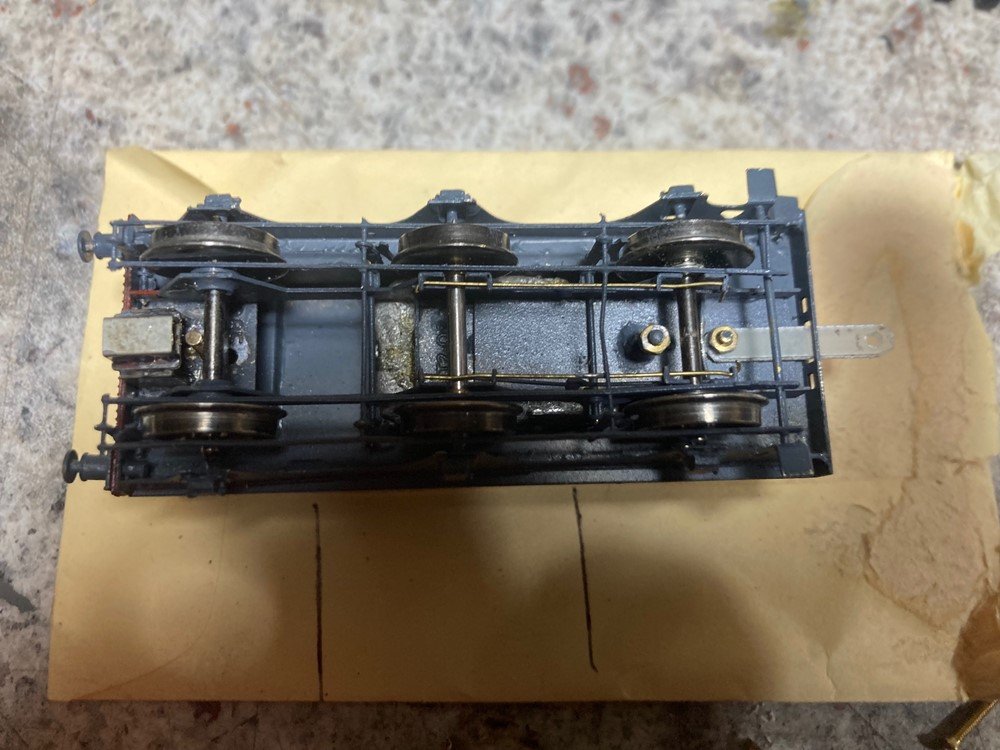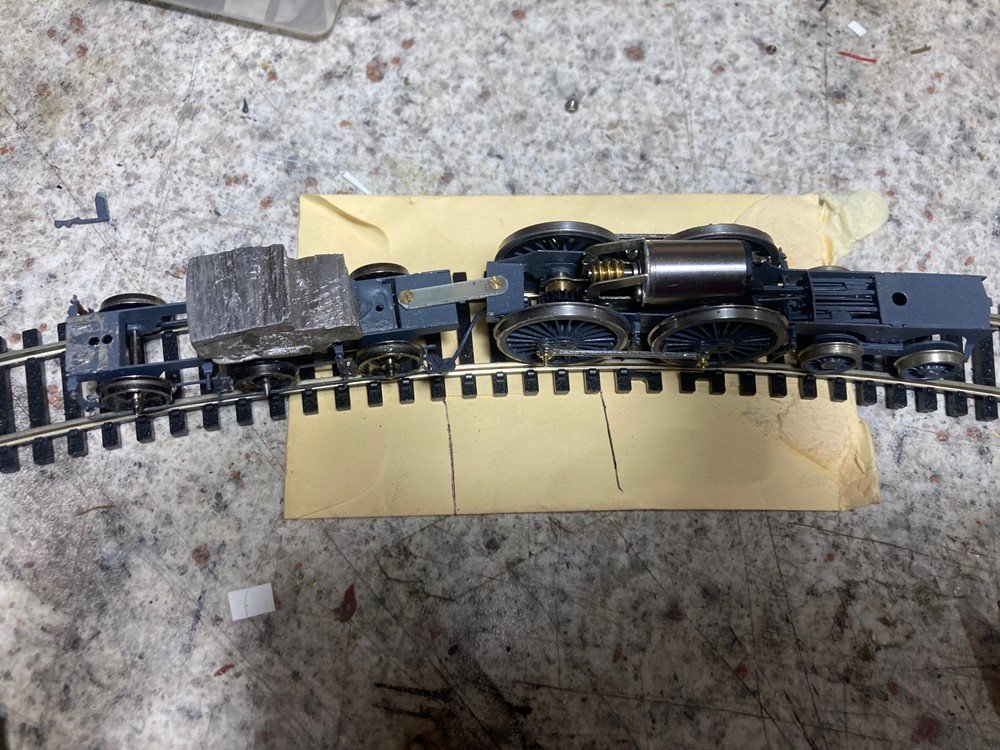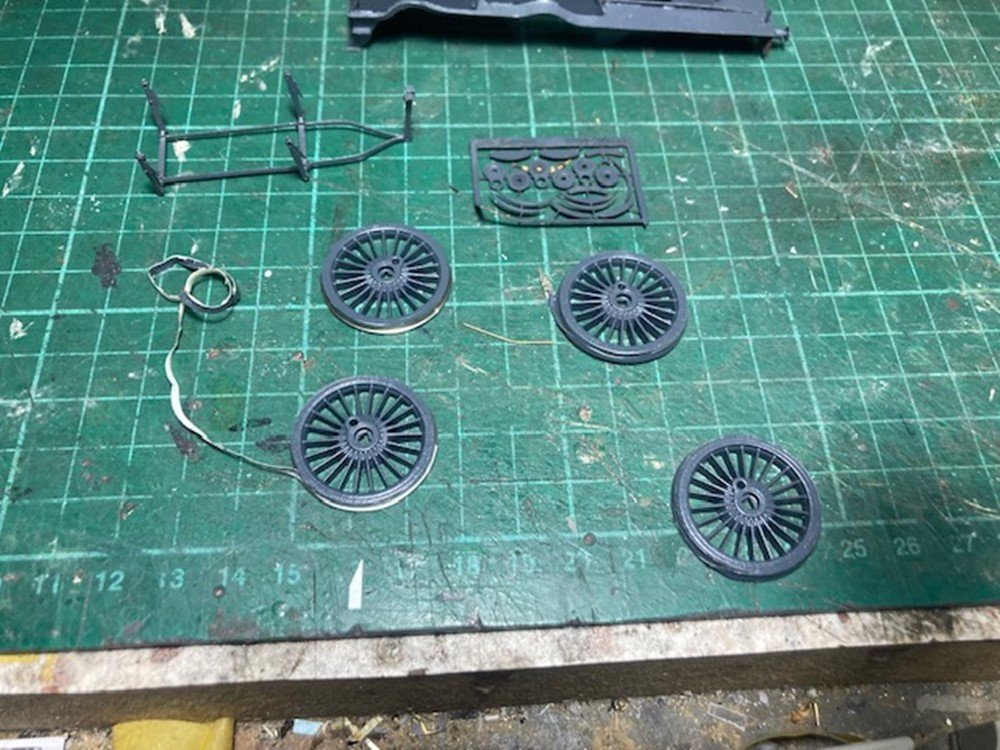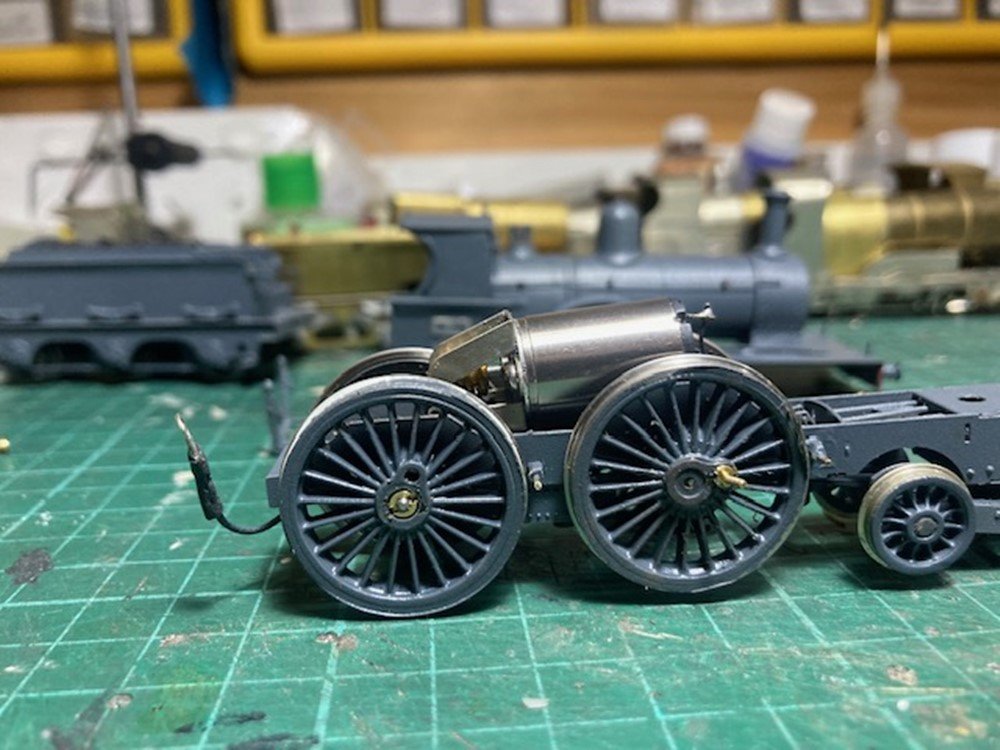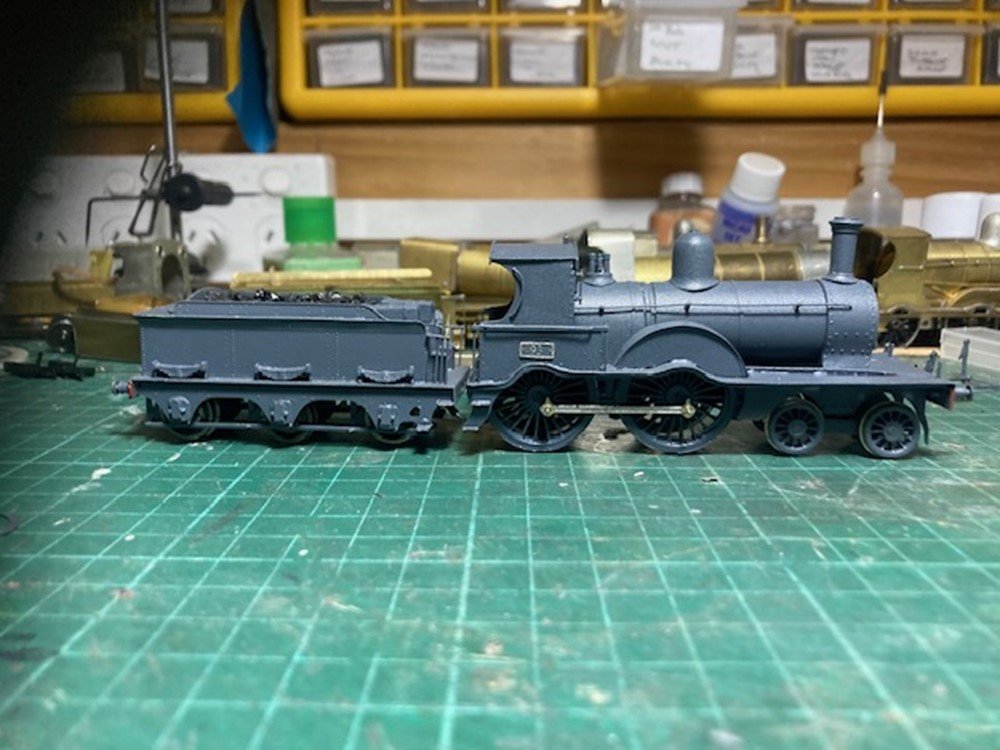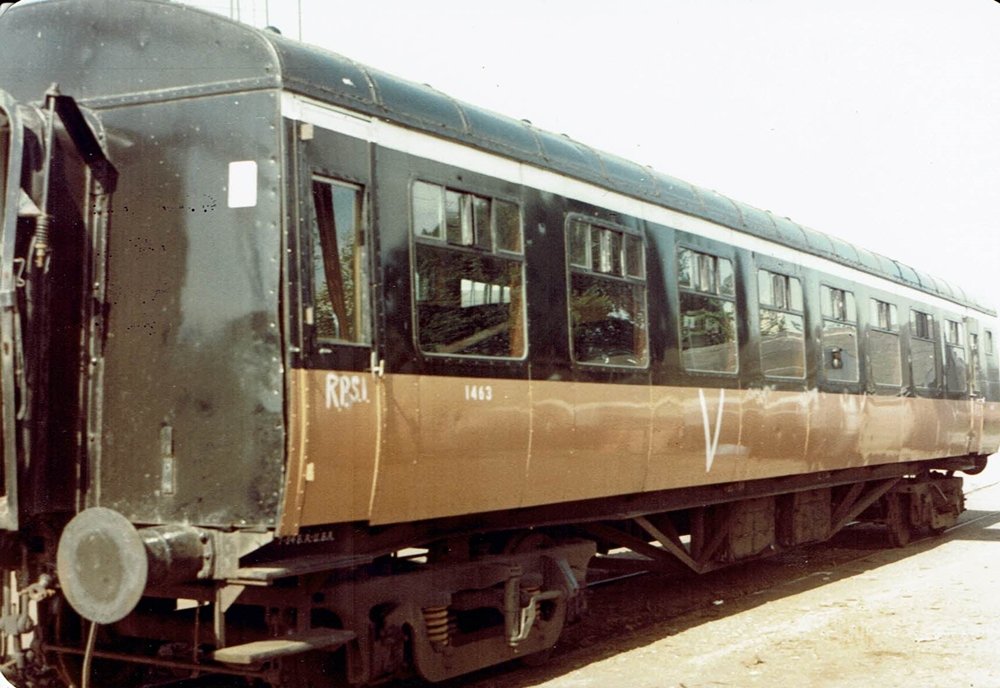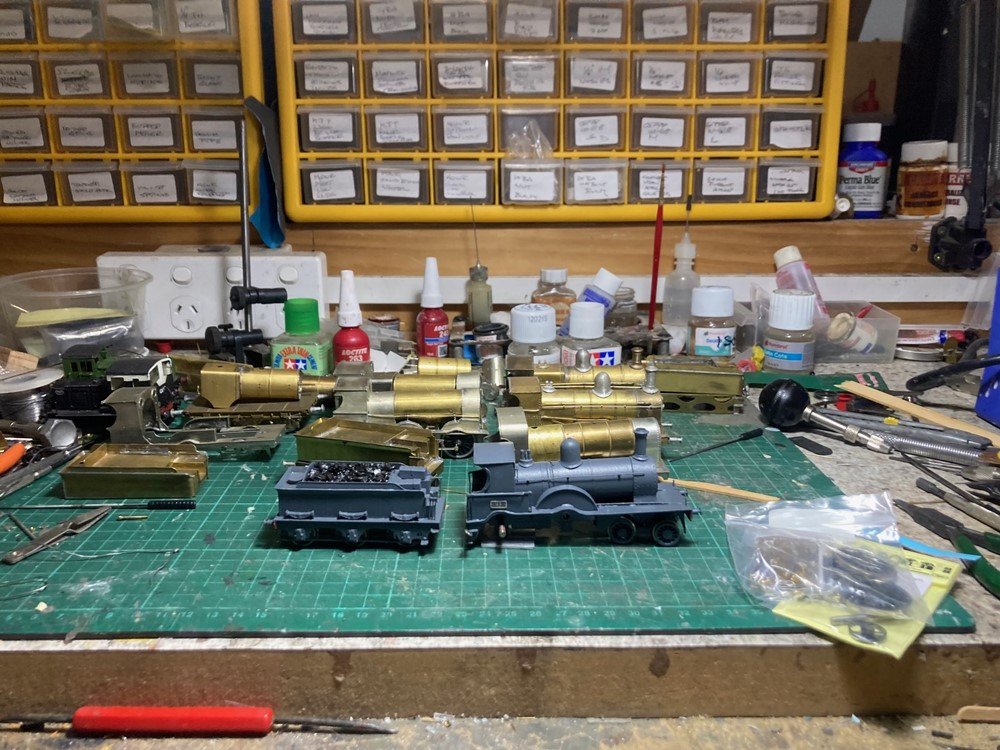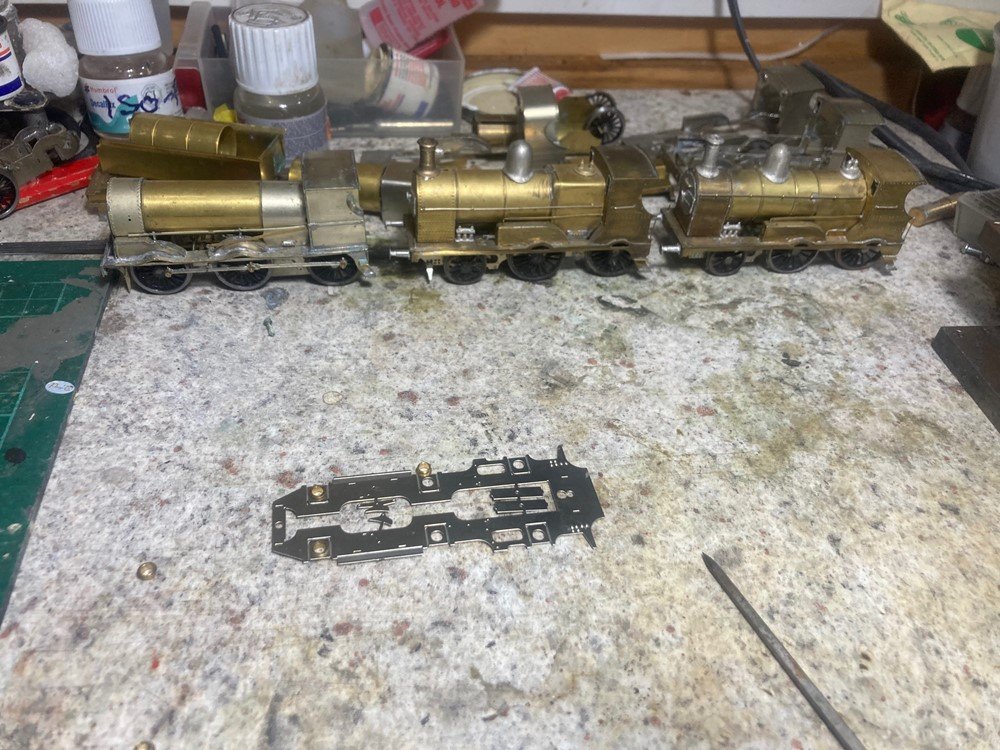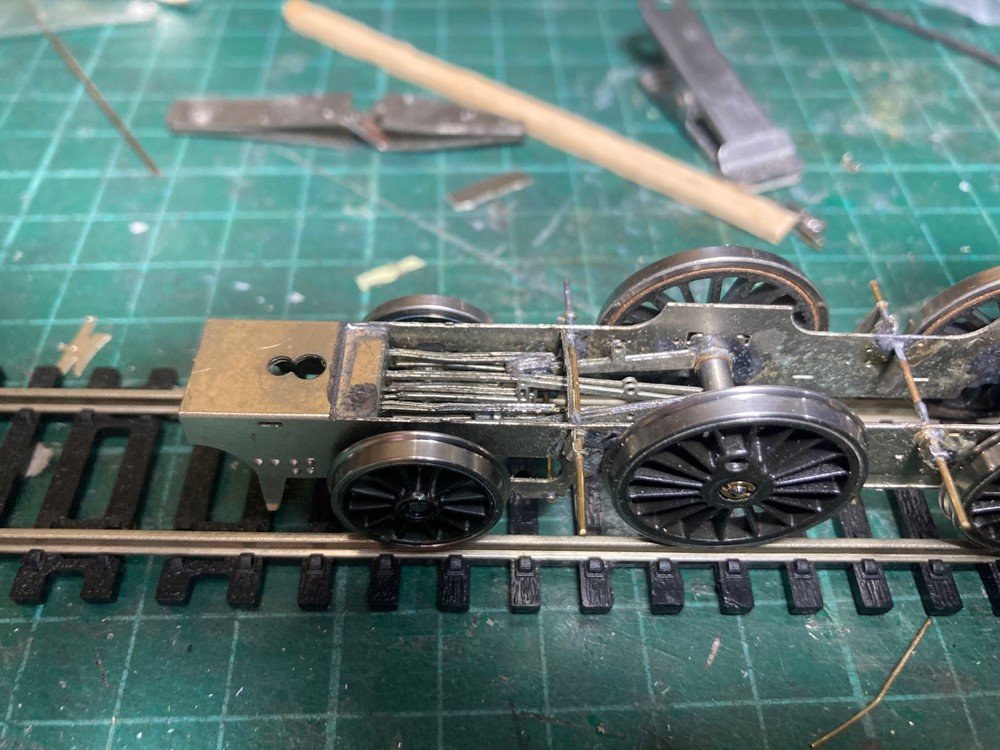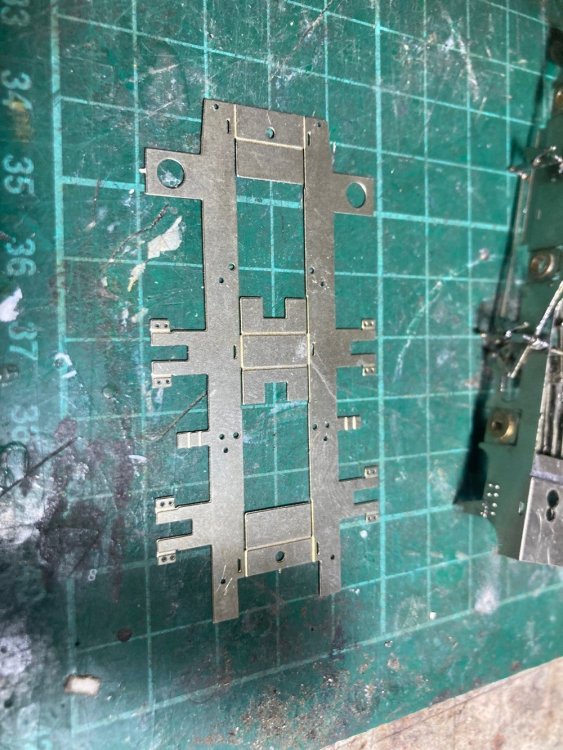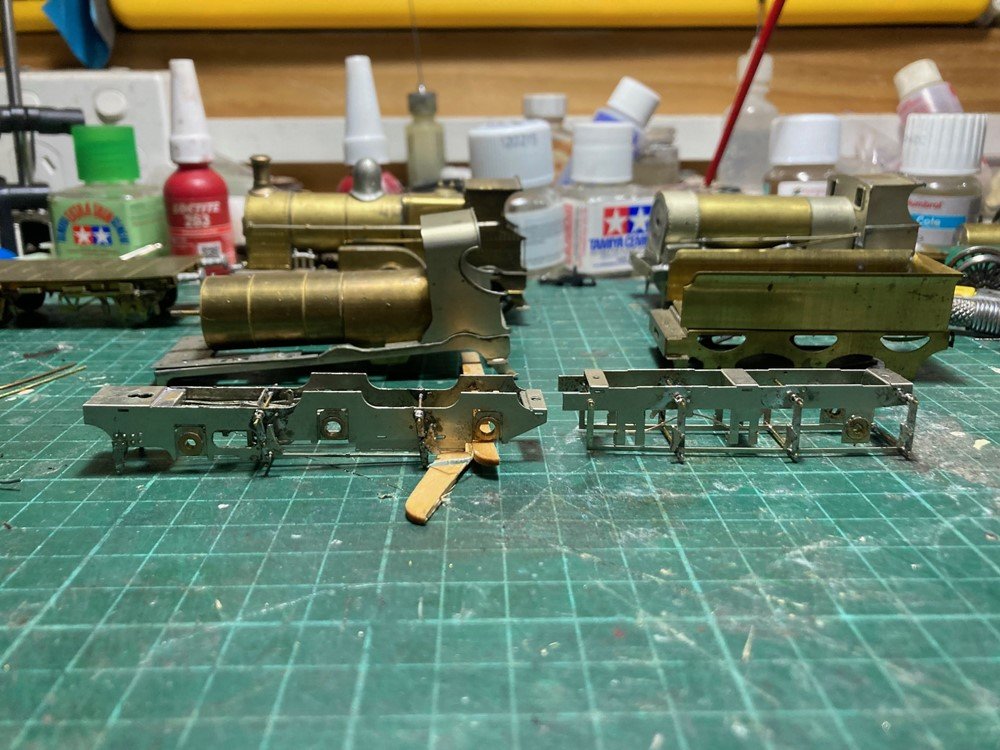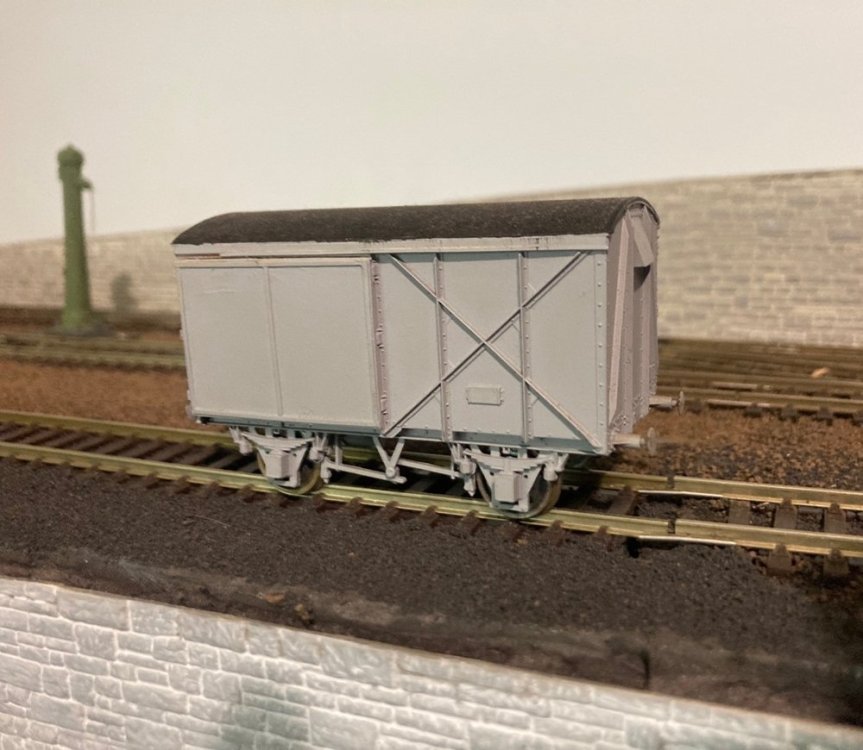-
Posts
4,882 -
Joined
-
Last visited
-
Days Won
119
Content Type
Profiles
Forums
Events
Gallery
Blogs
Community Map
Everything posted by Mayner
-

Limerick to Foynes railway reopening plan
Mayner replied to spudfan's topic in What's happening on the network?
The question is whether the Irish public are prepared to pay higher taxes (including residential rates) for improved public transport (including rail). Rate payer in Auckland (similar population to Dublin)are not exactly happy about about paying a 4% increase in their residential rates from 2026 onwards to cover annual operating losses on the new City Centre Rail Link. We recently had an election in New Zealand where a centre-right coalition was elected on a platform of tax cuts and major road schemes, and a centre-left government heavily committed to major investment in public transport projects including Heavy and Light Rail soundly defeated. On the plus side they have pledged not to increase the qualifying age for Superannuation (old age pension) above 65 unlike the UK and Ireland, so I am not too bothered. -
Back to work on the MGWR 2-4-0 now that work on 98 is complete until I find her tender wheels. The 2-4-0 is based on a loco that was re-built with a superheated boiler in 1924, received the original type saturated boiler in 1930 before being fitted with a Y Type GSR superheated boiler in 1935, before going two further boiler changes before the loco was withdrawn in 1961! 650 in early GSR condition with canopy cab superheated roundtopped boiler with extended smokebox and Inchacore pattern chimney. The loco would have been fitted with an extended smokebox to accomodate the superheater header when re-built in 1924, its unclear from photos whether the loco retained the extended smokebox when it was fitted with a saturated boiler in 1930. Photos of the actual loco are basically 3/4 views from the front and rear, though the smoke box is straight sided without the small flare visible in 3/4 front photos of superheated members of the class MGWR 2-4-0 as rebuilt with canopy cab and superheated boiler with extended smokebox. Originally assembled as a test build, I have replaced the boiler/firebox and splashers with updated parts. MGWR 2-4-0 rebuilt with canopy cab, saturated boiler with riveted version of standard smokebox. The pewter castings require cleaning up! I designed the kit to be assembled either in saturated or superheated form including a set of smokebox parts that could be assembled in its original flush or later pop riveted versions (embossed rivets) I originally planned to emboss the rivets using a rivet press, but turned out simpler and quicker to use a simple riveting tool I bought from London Road Models at a UK exhibition many years ago! I used a small Tool Makers Clamp to hold the wrapper in position as I soldered it to the smoke box former gradually working around from one side, dressing to the profile of the former. The moment of truth wrapper to the smokebox former before making the final soldered joint.
- 392 replies
-
- 10
-

-
Going back to the original question, Marks Models and Leslie are effectively creating an "Irish Railroad Range" with Marks proposed UTA Jinty and Marks and Leslie's re-liveried Dapol wagons. Personally I would not get too hung up on having Irish locos and stock when starting out on a limited budget, apart from the initial train set (Triang Hornby British outline) most of the locos and stock bought in my teens and twenties were either second hand or clearance sale. (Palitoy and Airfix severely over-estimated demand resulting in a glut of British outline rtr in the early 1980s. I got more enjoyment out of scratchbuilding Irish station buildings than trying to run trains and shifted to N Gauge in the late 70s out of frustration trying to build a OO gauge Irish layout in a box-bedroom. After a false start with an 8X2 continuous run N gauge layout based on Kilmessan Junction (folding baseboard problem), . I built a U shaped terminus to fiddle yard layout around 3 walls of an 11X11 bedroom, featuring a medium sized provincial terminal, a scenic section with a large viaduct and a small junction station. N gauge locos was originally British outline rtr, though I later re-painted the BR Mk1 coaches and diesels in CIE black and tan scheme and kitbashed some American diesels into reasonable models of GM BoBos and a 001. Although built over 40 years ago the N gauge bedroom layout was probably my most successful layout in terms of successful operation and presentation almost but not-quite completing the scenic works. Buildings can be constructed using traditional techniques in cardboard or printed on card using IT such as Kevin Sweeney's excellent models of buildings in Cavan and Longford. I moved back to 4mm mainly to build models of Irish locos and stock, while shifting to American outline N as its easier to model a railway in a landscape in N than OO
-
The weighted tender set up is basically a modified version of the system used by Terry McDermott (TMD) on the GNR(I) S Class during the 1980s and the current SSM kit! I substituted an insulated drawbar for the metal drawbar used by SSM because I use the "American" pick-up arrangement where the loco picks up power on one side and the tender on the opposite side using live axle pick up. I find this arrangement simpler than using wiper pick ups. Two pieces of light gauge phospor bronze wire provide springing/keep the leading and centre axle in contact at all times with the track. I used the same weighted tender principal on the MGWR 2-4-0, with this arrangement both the 2-4-0 and 4-4-0 continuously hauled 15 IRM 4w wagon on test. The unpainted brass wire keepers is a temporary arrangement until I find/get the correct spoked wheels and I will trim back the excess.
-
Really astounded by Alan's productivity rate, completing so many exquisite models of unusual prototypes at such a rapid rate.
-
Managed to fit 98 with a correct set of number plates, couplers, and couple the loco and tender together again. 98 was assembled from the original test etch to check that the parts would fit and the assembly a bit rushed. I am planning to model the GSR era so no flying snail to bother about. I am planning to model the GSR area so no flying snail to worry about. I removed the tender body in order to retro-fitted the tender with a NEM coupler pocket from a production etch, exposing the weight that's partially supported by the loco draw-bar to improve traction. The wheels are temporary until I find the correct spoked wheels that are hidden away somewhere. Underside of tender, insulated drawbar is formed from a copper clad sleeper with the copper removed, the trailing axle is in rigid bearings, the leading and centre axle non-load bearing, lightly sprung free to move up and down in the axle slots, the brass wires are retainers to stop the wheelsets dropping out! Chassis viewed from above on Hornby No3 or 4 curve, the loco-tender drawbar is fitted to the underside to the frame spacers and slots through the existing holes in the loco and tender drag-beams. Assembled chassis from below drawbar is basically fixed with minimal movement at the tender end, free to pivot on the bolt at the rear of the loco. The bogie has a pivot point positioned ahead of the leading driving wheels and is free to slide from side to side in a curved slot at the bogie centre, with a retaining nut to prevent the bogie flopping about. Mercifully there were large frame cut outs around the bogie wheels on GSWR 4-4-0s and my OO gauge 52 Class builds navigate 3rd radius curves without shorting, though the same approach would not work with MGWR 4-4-0s with the absence of frame cut outs and larger diameter bogie wheel.
- 392 replies
-
- 14
-

-

-
I think a high proportion of Irish rtr models are bought by collectors because of their high potential re-sale value, rather than to something to run on a layout. So in a way the numbers used and use becomes irrelevant, customers tend to buy 1 or 2 models of each variation produced. Paddy Murphy once used models selling out and potential re-sale value as a marketing ploy on the Murphy Models website. In a way the NCC/UTA Jinty is a no brainer if you can find a factory that's willing to slot a few "Irish" Jinties into a production run. Bachmann produced a OO gauge version for MM and Marks appear to have commissioned a Railroad version of the Jinty from Marks. What next a Hornby Royal Scot masquerading as an 800 class?
-

Warley (again!) IRRS Stand is C49, with Ballyconnell Road at C50!
Mayner replied to leslie10646's topic in What's On?
Not exactly the British or Irish concept of a narrow gauge trains. Maybe Queenslands 3'6" Gauge "Tilt Train" holds the Australian record at 210Km-----app/130mph and 160km----99.4mph in regular service. https://blog.qm.qld.gov.au/2023/07/03/the-tilt-train-australias-fastest-train-turns-25/#:~:text=Although unlikely to be spoken,service is 160km%2Fh). A bit slower in New Zealand fastest officially established speed of 125km/h--79mph held by a Vulcan railcar (similar mechanically to GWR railcars) on a 1940 trial run in the South Island. Unofficial accounts of the modern JA Class 4-8-2s running at 85mph on the Canterbury Plains. These days the line limit is 100km for freight and passenger trains -
Managed to make time to fit No98s wheels and coupling rods, but need to fit front vacuum pipe and screw couplers before returning the loco to the display case. I masked the tyres with Tamiya 2mm masking tape before priming and painting the wheels in GSR grey (matched locally from a sample supplied by JHB) The Markits driving wheels are locked in place by a slotted nut, the nuts in turn disguised by etched Markits "axlenut covers secured in place by the crankpin. While the original Romford crankpins were robust and easy to use the current Markits SuperDelux crankpins are threaded 14BA and require care in fixing to avoid damaging the pin. 98 back on her wheels, the number plate seems to be a temporary the real 93 was a slightly larger 60 Class or D14 which was re-built with a superheated belpair boiler during the 1930s. Model of 98 is inspired by a photo of the loco at Inchacore during the late 40s, she retained her raised round topped firebox until withdrawn in 1954. https://transportsofdelight.smugmug.com/RAILWAYS/IRISH-RAILWAYS/CORAS-IOMPAIR-EIREANN-STEAM/i-zC9Ff7f/A
- 392 replies
-
- 15
-

-
Not the first railway station at Woodbrook a two platform halt at MP 11 used to serve the Golf Course most likely for major events but later disused.
-
I don't know. The original Airfix/GMR 60' coaches occasionally appear on e-bay https://www.ebay.co.uk/p/1351072475?iid=384074744618 though the corridor connections which were originally moulded in a flexible plastic tend to be brittle. B The Bachmann 60' porthole coaches may be suitable, beware the Airfix/GMR/GMR Stanier Brakes and Bachmann Porthole Brakes as they are 57' coaches https://oliviastrains.com/product-category/bachmann-main/bachmann-coaches/bachmann-lms-porthole-coaches/
-

Ernies Massive Irish 1930's to 2005 Photo Archive
Mayner replied to Glenderg's topic in Photos & Videos of the Prototype
Engineers pegs put in place for alignment or re-laying work. The man standing under the bridge may be a Lookout Man for a track gang working on the line. Track in the photos of the station and cutting is jointed track laid on a mixture of wooden and concrete sleepers which were extensively used on the GNR during the late 50s-early 60s -

Clogherhead - A GNR(I) Seaside Terminus
Mayner replied to Patrick Davey's topic in Irish Model Layouts
Clogherhead seems to be a reasonably important fishing port, possibly a 4w or bogie luggage van on the 'early morning" Dublin commuter train with fresh fish for the Dublin Fish Market, the N1 Road north from Dublin was pretty horrendous until upgraded to motorway standards during the 1990s. Cheap land and a commuter connection to Dublin would have been attractive to house builders during the 70s and 80s, companies that built in North Dublin in the 60s started buying relatively cheap building land in the Drogheda area during the 70s. I am a bit conflicted by the neglect and dereliction of Clogherhead, quite different to my memories of stations on CIE branch and secondary lines during the 70s which tended to be maintained to a reasonable standard. CIE only seem to have cut back on building maintenance from the late 70s onwards, stations on lines that lost their regular passenger traffic during the 1960s were often fitted with 'modern' electric platform lighting and buildings painted in the 1960s corporate grey and white colour scheme. I guess the local CIE Area Manager decided the money was better spent on maintaining mainline stations than a branch line. -
The most interesting aspect of Mail Train operation was the way trains divided at junctions like Athlone, Mullingar and Mallow almost until the end of Mail Train operation. The Galway Night Mails would set out with portions for Sligo and Westport which would be divided at the junctions on the out bound run to the provinces and re-combined on the return run to Dublin. The portions might include one or more 4w or bogie Luggage Vans, a TPO and a single coach when the Sligo and Westport Night Mails carried passengers. Up to the late early 70s it wasn't feasible to take a day trip from Dublin to Westport and spend some meaningful time at the destination without taking the 'Night Mail' to get home due to the sparse nature of CIE passenger services. An other train for Noel to model would be the short lived Newspaper Trains from Dublin to the Provinces that operated in the early 70s often a Bo Bo and a single Luggage Van. The Wexford Newspaper train usually worked down during the early hours of the morning with a B141 and a Luggage van, before taking up summer season Wexford-Rosslare passenger services, before returning Loco and empty Luggage Van to Dublin. For a short time before the withdrawl of the Wexford Newspaper train in the late 70s CIE operated a late evening Wexford-Dublin passenger train using the Wexford-Rosslare Harbour set returning as a newspaper and empty passenger service during the early morning.
-
There was a lot of detail variation among early CIE coaching stock, 1st batch Coaches were 60' long on GSR bogies and welded version of the GSR underframe, length increased to 61'6" for second and subsequent batches of coaches, Bullied triangulated underframe under coaches introduced 54-55. 1954 Side Corridor Standard Bulleid underframe and Commonwealth Bogies GSRPS Tralee 1992-3 1463 "Laminate" 1958 Open Standard Mullingar 1983 Laminate (Aluminium-insulation-ply panels) body re-skinned with aluminium on timber framing late 1980s. The main spotting difference between the 51-53/5 stock and the Laminates was the shape of the toilet windows and the end profile. The toilet compartments on some Bredin and 51-53 stock were placed at the centre rather than the end of the carriages.
-
The coach sides are available to order 6-8 week lead time. I need to quote for each individual order as they are shipped direct from our supplier in the UK rather than a stock item I recently supplied GSSGV sides and detail overlays for £40 plus shipping
-

mgwr preserved railway Connemara Railway project.
Mayner replied to ttc0169's topic in What's happening on the network?
BNM used sectional track with metal sleepers (not unlike tinplate model railway track) for both its permanent and temporary lines. The steel sleepers were used for strength and lighter weight to allow track to be put down, lifted and relocated easily as opposed to rot or insect attack. Similar systems were/are used on sugar plantations and once used in civil engineering works. -
I have dabbled in modelling Irish Railways in OO, N during the late 70s/early 80s, before attempting to model 5'3" on 21mm and 3' on 12mm, I have a couple of Large Scale Irish 3' gauge items 15mm Scale on 45mm (G/Gauge 1 track. I have also dabbled in American outline N (1:160) and British Outline EM, my main interest is in model making rather than running or collecting rtr and not really interested in how. Ironically the shift to N in the late 70s was driven mainly with frustration with my attempts to model Irish railways in OO and thought that I would be less tempted to attempt modelling Irish railways in N, but ended up with a reasonably realistic Irish outline layout using repainted/modified rtr and scratchbuilt buildings and structures. I don't get hung up on the designation of my Irish Broad and Narrow gauge locos and stock, they are simply 4mm Scale that run on 12mm or 21mm gauge track with wheel profiles and running clearance based on EM Gauge Society clearances, the chances of being invited to run on another 21mm or 21mm gauge layout are fairly slim.
-
A preserved loco is the most likely candidate given IRMs focus on accuracy and practice of "measuring up" existing locos and stock when producing a model. Designing and manufacturing a model of a MGWR or GSWR design to the same standard would be challenging involving a lot of guesswork as available drawings and information is somewhat sketchy in nature. Also the RPSI had their loco fleet digitally scanned about 10-15 years ago apparrently for modelling purposes.
-
The cabin appears to date from GSR/CIE re-signalling of Cork station and was similar in general styling to other large GSR cabins (e.g. Athenry, Dunlaoire, Claremorris) Listed with 110 levers the largest mechanical lever frame in Ireland in Railway Lines of CIE & NIR 1985, its likely that the interior of the cabin would have been modified/working levers reduced as the track layout was modified and colour light signalling introduced from the late 80s onwards. As Jhb states the cabin was substantially "modernised" from its original form in the IE era substantially changing the appearance of the building the original timber window frames replaced with aluminium (tnted?) glazing and external window cleaning walkways added. https://www.flickr.com/photos/86202570@N02/15549327157
-
Quite a break through today when I found a set of loco driving wheels I mislaid over a year ago while assembling a 52 Class 4-4-0. The collection of unfinished projects gets temproariily ? larger before it gets smaller 1-52 Class waits its driving wheels, 4 part built 650 Class 2-4-0, 3 J15/101 Class. I thought the best option was to pause work on the MGWR 2-4-0 and fit No 93s wheels and return the loco to working order before I mislay/loose the parts again. Interestingly I packed the 4-4-0 wheel sets in a drawer labeled "Gibson 6'7" wheelsets when I mislaid the parts in 2022! 1st job is to degrease the wheelsets, before masking the tyres before priming and painting the parts before re-assembling the loco, decided at the same time to fit buffer heads and number plates to a J15 as the final touches in completing a J15 started about 20 years ago!
- 392 replies
-
- 11
-

-

-
I hadn't time to do anything in the Workshop since June as a result of family commitments, but managed to make some time for myself in recent weeks including dusting off some long unfinished projects. First up is completing a OO Gauge 650 Class for a customer to be followed by some 21mm locos for myself. The 650 class was designed to be assembled in OO or 21mm gauge with a "fold up" OO gauge chassis to speed up assembly. I used a tapered broach to open up the axle holes for the bearings before folding up the chassis. Basic chassis folded up and wheels fitted before test fitting the body to check running clearances. The body is from a 2017 test build of the loco, I am not sure what happened to the original n/s boiler/smokebox assembly. OO Gauge Chassis with non-working inside valve gear fitted, Alan Edgar a modeller in the UK assembled a 650 Class with working valve gear in 21mm gauge apparently using some of the valve gear parts. I temporarily fitted the wheels at this stage to check brake gear fit and clearances. Loco chassis assembled with brake gear fitted. The brake gear is a separate removable sub assembly which helps simply painting and assembly. Tender Chassis before folding to shape! Basic tender assembly the tender is designed with a fixed trailing and floating leading and centre axles to transfer weight from the front of the tender to the rear of the loco important on locos like 2-4-0s and 4-4-0s Completed loco and tender chassis ready for clean-up and painting. I need to locate the remainder of that 2015 test build or assemble a replacement! I have at least four MGWR 2-4-0-650 Class test builds to complete for myself (all different variations) which should keep me busy for a couple of years without starting any new projects. I may complete some as static models rather than motorise as the majority of the locos I built over that past 30 years have ended up in display cases and seldom run on a layout.
- 392 replies
-
- 13
-

-

-
J M Design and Leslies sales in terms of the numbers of individual wagons sold are likely to be insignificant in terms of IRM sales of individual wagons. Going back to the CIE Palvan in the absence of a rtr model, a reasonable representation can be constructed from the Parkside Dundas kit and some plasticard. The prototype vans used a version of the Bulleid Triangulated underframe but with running and break gear similar to the Parkside model.
-
Personally I was not surprised by IRMs announcement of the Bulleid Opens. I knew for some time that IRM was planning to introduce models of CIE stock dating from the mid-1950 hence the focus on high quality 3D printed models of older or more obscure wagons that were unlikely to be viable to produce as injection moulded plastic model. The JM Design Open is a model of the traditional Irish Standard wooden bodied open introduced up to the mid 1950s as opposed to the new IRM Bulleid Open. At this stage its difficult to gauge how the introduction of new IRM wagons will impact on sales of existing JM Design models, a high proportion of our repeat customers appear to be collectors who buy 1-2 of each type of wagon when released, rather than building a rake of wagons Although a number of Irish manufacturers (kit and rtr) ceased operating during during the past 20 years the availability of high quality rtr models and kits of Irish locos and stock is at its highest largely through the efforts of MM and IRM. Before the arrival of MM 201 and B141 modellers were dependent on kitbuding, modified rtr or scratchbuilding to produce models of Irish locos and stock. the high quality rtr models produced by IRM in recent years would have been undreamed of 10 years earlier. I believe that there is likely to continue to be a place for kit and scratchbuilding despite the arrival of current high quality rtr, its unlikely to be viable to produce models of all the "glaring gaps" in rolling stock due to the relatively small size of market (low demand) and sheer variety of locos and stock that ran on the Irish railways up to the early 2000s. MM and IRM focus on stock were customers are likely to buy a rake of coaches/wagons rather than individual items like a Goods Brake Van, Passenger Brake. One of the limiting factors on demand is that many modellers are content to run re-painted models models of British wagons and "cannot see the point" in paying a premium for more accurate models of Irish stock. One UK customer to he credit replaces his UK open wagon chassis with the JM Design IRCH Open chassis. For me the main benefit of the JM Design 3D printed wagons is that it allowed me to fill out my wagon fleet quicker than by scratch or kit building adding a number of wagons I had been planning to build for the past 40 years with minimal effort.
- 178 replies
-
- 11
-

-

-
Those DSER/DWWR 2-4-0T and 2-4-2T locos were really distinctive powerful looking locos with their relatively high pitched large diameter boiler contrasting significantly with other "Southern" tank locos. Although the ex-DSER 2-4-0T and 2-4-2T were considered to be obsolete by the GSR they appeared to be capable locos working South Eastern Suburban passenger services until replaced by diesels. The original DWWR 2-4-2T were rebuilds of the 2-4-0T, its a pity the GSR did not re-build the remaining 3 2-4-0T as 2-4-2T bringing them into line with the rest of the fleet allowing all ex-DSER suburban tanks to work through to Bray and Greystones, the small bunkers apparrently restricted the 2-4-0T to Amiens St-Dunlaoire workings and Pier Trains
.png.c363cdf5c3fb7955cd92a55eb6dbbae0.png)

